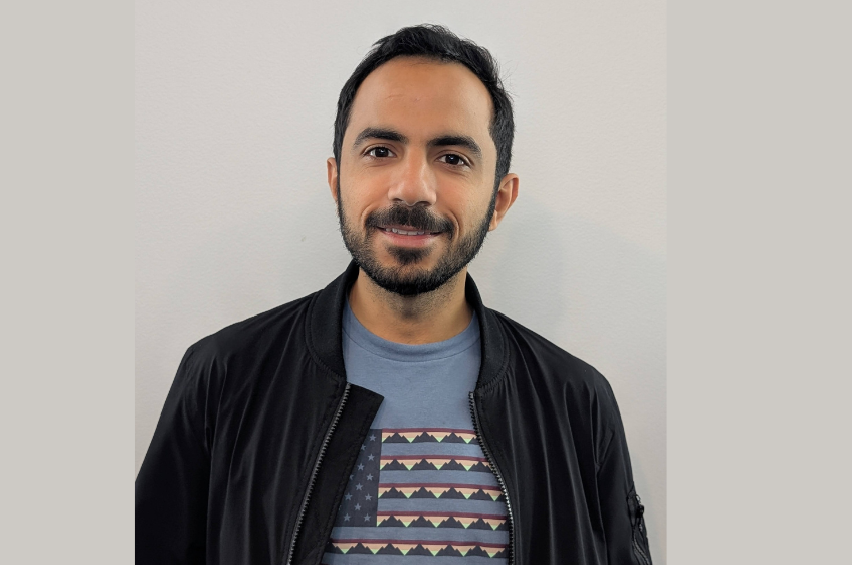
In the rapidly evolving landscape of artificial intelligence and user experience stands Nikhil Khani, a Staff Software Engineer whose work at YouTube is revolutionizing how billions of people discover and consume content. His innovative work in machine learning modeling and optimization has not only transformed YouTube’s recommendation system but also pushed the boundaries of computational efficiency and scalability across the tech industry.
Foundation in Innovation: From VMware to Google
Nikhil Khani’s career is marked by a passion for applying cutting-edge research to solve real-world challenges. At VMware, he made significant contributions to the development of vRealize AI, a suite of tools designed to improve cloud performance.
During his tenure at VMware, he developed an innovative technique using Differentiable Functional Programming (DFP) that allows model training to not only follow gradient-based updates but also combine pre-defined rules into the learning procedure, allowing easy adaptation to changing data conditions. Khani leveraged DFP to develop a sophisticated simulator that improved VMware’s storage solution (vSAN) performance by 25% in database query latency and 12% in virtual machine provisioning times, a critical advancement in the age of AI with ever-growing volumes of data. This innovative approach earned Khani company-wide recognition at VMware’s global tech conference in 2020, R&D Innovation Offsite (RADIO).
Building on this success, Khani also pioneered using Graph Neural Networks (GNNs) for datacenter operations. GNNs excel at modeling complex hierarchical relationships by formulating them as messages to different edges in a graph. Khani integrated GNNs into vRealize Automation (vRA) a cloud management tool that automates day-to-day cloud operations, building an objective-aware system that can intelligently place workloads and optimize resource allocation. Consequently, using GNNs significantly boosted the efficiency and performance of VMware’s standard workloads, resulting in an 18% improvement in business KPIs for its customers. The success of this novel technology earned Khani a fast-tracked promotion and a pending patent for its innovative application of GNNs. Today, the underlying technology is being used by other companies like RedHat Inc. for their consensus-driven client services promotion.
Leveraging his expertise in machine learning, in September 2021, Khani joined Google, where he quickly made a name for himself by optimizing YouTube’s recommendation algorithms with a focus on improving the way Tensor Processing Units (TPUs) are utilized at YouTube. TPUs are custom-built processors designed specifically to accelerate the training and execution of massive machine learning models. Given the critical nature of these valuable resources, maximizing TPU efficiency became paramount, especially during the global chip shortage. Tackling the problem through several key initiatives, Khani made optimizations to the core YouTube ranker receiving 100s of thousands of queries per second, including model quantization, a technique that lowers data precision for faster calculations. This clever approach reduced the computational cost without sacrificing prediction accuracy. He also meticulously analyzed YouTube’s complex ranking models to identify and eliminate any redundancies and led the migration to more parameter-efficient architectures, like Residual Networks (ResNets), further reducing the computational burden.
With all these optimization efforts at YouTube, Khani’s work has resulted in a whopping $9.28 million in cost savings. In recognition of these significant achievements over the years, Khani has won multiple accolades including special awards from the VP of Recommendation at YouTube for his contributions. Today, Khani is also a core member of the TPU council that decides the optimal allocation of TPUs for the business goals of YouTube CoreX, a team of over 800 engineers.
Revolutionizing YouTube’s Recommendations through Knowledge Distillation
Knowledge Distillation (KD) is another area in which Khani has significantly contributed to YouTube. A key motivation for using KD stems from the challenges of deploying large, complex machine-learning models in production environments. Khani recognized that while scaling up machine learning models often leads to improved quality, it also makes them computationally expensive and slow to serve users, creating a significant challenge for large-scale platforms like YouTube.
KD is a technique that transfers knowledge from a large, complex model (“teacher”) to a smaller, more efficient one (“student”). The “student” model learns to mimic the predictions of the “teacher” model but with a significantly smaller computational footprint. This enables achieving the quality of a large model with the serving cost of a smaller one. Through his meticulous work, Khani enhanced the quality of the student model without impacting latency, leading to an increase of one million Daily Active Users (DAU) and 8.8 million hours of additional daily watch time, moving some of the hardest top-tier metrics tracked on the platform.
Further extending his impact, Khani expanded the scope of KD beyond the homepage and architected a similar setup for WatchNext, building one of the largest ranking models at YouTube at the time. This demonstrated KD to be a reliable and viable solution to improve recommendations at internet scale. The broader applicability and success of Khani’s work were further validated by its acceptance as an Industry Paper for RecSys 2024 and publication in the prestigious Association for Computing Machinery (ACM) journal. Beyond YouTube, Khani’s work has had a demonstrable impact on the industry, influencing the adoption of KD techniques in other projects within Google and beyond, including YouTube WatchNext and Shorts.
Leadership and Community Impact
Khani’s impact on YouTube and the broader AI and ML community extends beyond his technical contributions. He is a mentor and collaborator, guiding other teams on YouTube and sharing his knowledge through conferences and peer reviews. As a Program Chair for AAAI 2024 and a judge at the Globee Awards, Khani actively contributes to the advancement of the field and fosters a community of innovation.
Currently, Khani leads initiatives in training large-scale foundational models for YouTube and explores new applications of combining Large Language Models (LLMs) and KD in recommendation systems. Khani envisions a future where AI/ML plays an increasingly integral role in our daily lives, from personalized recommendations to predictive analytics.
Continued Innovation and Future Impact
Khani’s journey from VMware to Google showcases his exceptional ability to develop and apply advanced technologies in AI/ML. His contributions to YouTube’s recommendation algorithms and ML infrastructure have greatly enhanced user engagement and set new industry standards.
Khani continues to push the boundaries of AI and ML, shaping the future of recommendation systems and machine learning optimization. His ongoing work will undoubtedly play a vital role in shaping the future of these fields. With his technical knowledge, leadership skills, and commitment to advancement, Khani is set to make even more significant contributions to the world of AI and ML in the years to come.





